Test Bank for Identities and Inequalities Exploring the Intersections of Race, Class, Gender, & Sexuality 3rd Edition by David Newman
Authors: NewmanEdition: 3rd EditionPublisher: McGraw-HillCopyright: 2017
Chapter 03
Portraying Difference: Race, Class, Gender, and Sexuality in Language and the Media
True / False Questions
1. Small talk does not reflect deeper implications regarding group identities. FALSE
Accessibility: Keyboard NavigationTopic: Symbols and Language
2. Symbols bear a necessary connection to the nature of whatever they symbolize. FALSE
Accessibility: Keyboard NavigationTopic: Symbols and Language
3. The importance of language in creating and reinforcing perceptions of difference often lies more in what’s not said than what is. TRUE
Accessibility: Keyboard NavigationTopic: Symbols and Language
4. A symbol can be a physical object or a word. TRUE
Accessibility: Keyboard NavigationTopic: Symbols and Language
5. Slurs are arbitrary and meaningless, primarily reflecting the ill-manners of those who use them. FALSE
Accessibility: Keyboard NavigationTopic: Symbols and Language
6. Slurs have static meanings that do not change over time or social context. FALSE
Accessibility: Keyboard NavigationTopic: Symbols and Language
7. The slur “queer” has successfully been inverted by those who were targeted by it. TRUE
Accessibility: Keyboard NavigationTopic: Symbols and Language
8. Shifts in the usage of the language as well as in reference terms and connotations often parallel changes in the social stature of particular groups. TRUE
Accessibility: Keyboard NavigationTopic: Symbols and Language
9. The slur “nigger” has been successfully inverted across all generations and social contexts. FALSE
Accessibility: Keyboard NavigationTopic: Symbols and Language
10. Political correctness always reflects a shallow and meaningless attempt to sanitize language. FALSE
Accessibility: Keyboard NavigationTopic: Symbols and Language
Multiple Choice Questions
11. The effort to replace such terms as “mankind,” “freshmen,” or “chairman” with “humankind,” “first-year student,” and “chairperson,” respectively, to refer to people of all sexes reflects: A. the sanitizing of language.B. the social construction of reality.C. the avoidance of exclusive language.D. media-reinforced femininity.
Accessibility: Keyboard NavigationTopic: Symbols and Language
12. According to the text, some researchers attribute the fact that men tend to interrupt, are nonresponsive, and control topics of conversation to: A. the mainstream culture of femininity.B. the natural dominance of men.C. the natural submissiveness of women.D. power imbalances between men and women.
Accessibility: Keyboard NavigationTopic: Symbols and Language

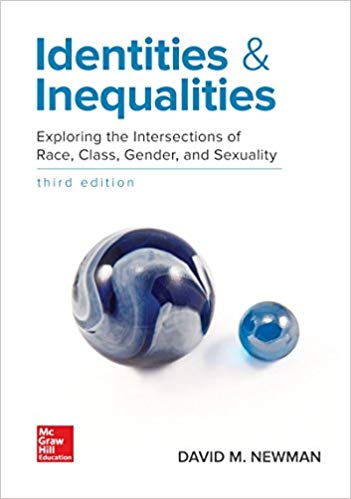
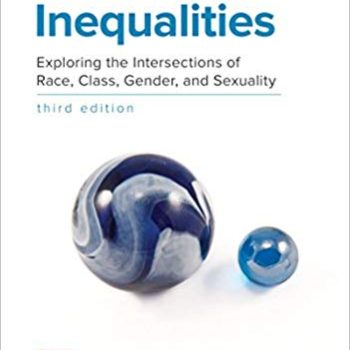



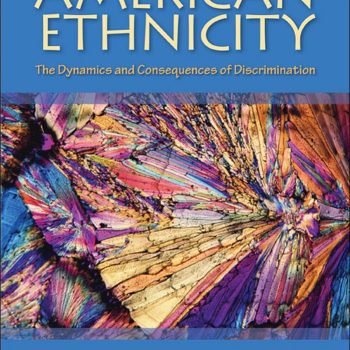
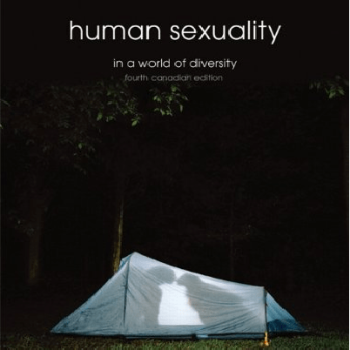
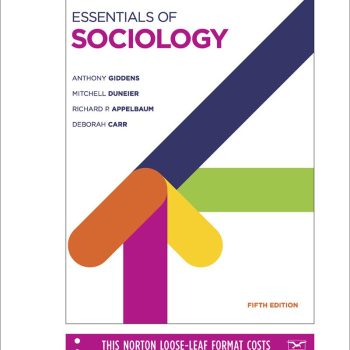
Reviews
There are no reviews yet.